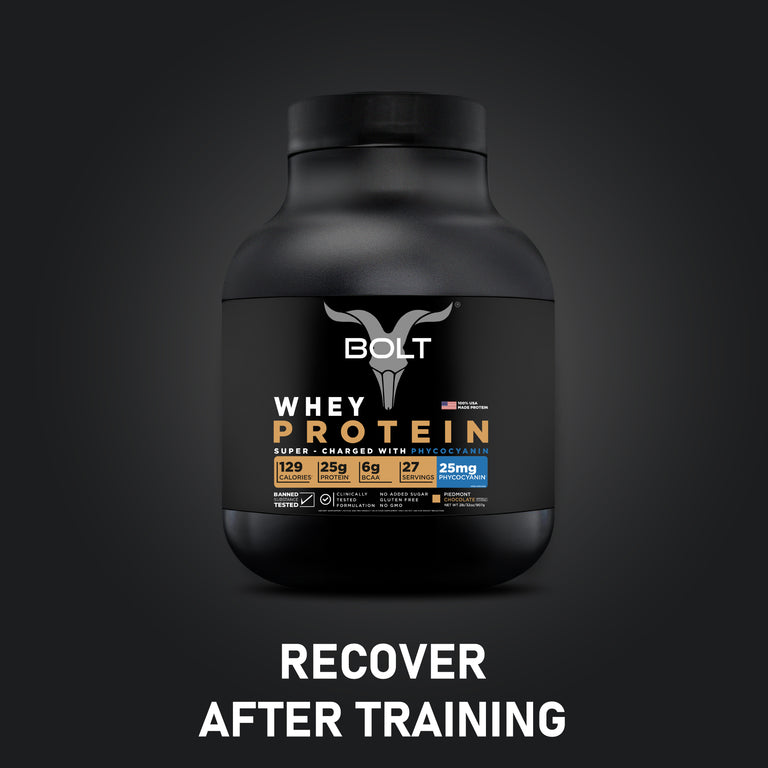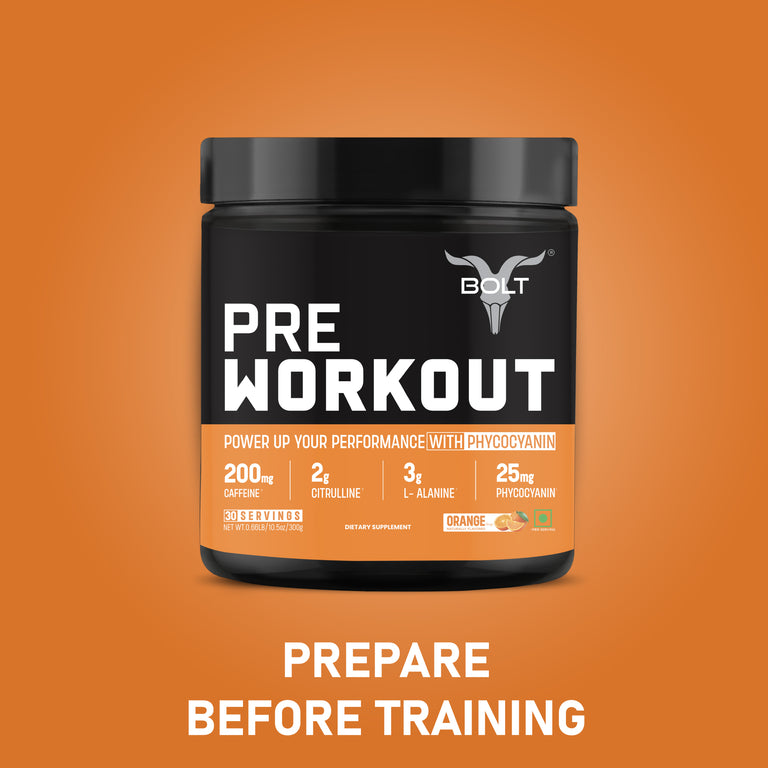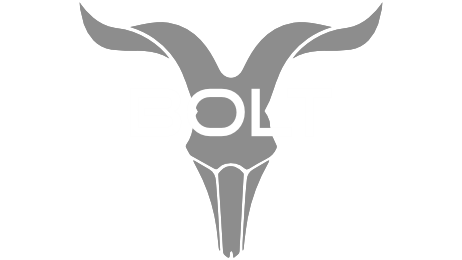
The Ultimate Guide to Bulking vs. Cutting_ Achieving Your Fitness Goals with Precision
byWhen it comes to fitness goals, the terms 'bulking' and 'cutting' are often thrown around. But what do they really mean? And how can they help you achieve the body you desire with precision? This ultimate guide is here to educate fitness enthusiasts on the differences between bulking and cutting, and provide valuable insights on how to effectively incorporate these strategies into your workout routine. Whether you're a seasoned gym-goer or just starting your fitness journey, this guide will equip you with the knowledge you need to make informed decisions and reach your fitness goals with precision.
Understanding the importance of bulking and cutting in fitness
Understanding the importance of bulking and cutting in fitness is crucial for anyone serious about achieving their fitness goals. Both bulking and cutting are essential phases that serve different purposes in the process of transforming your body composition.
Bulking is the phase where you focus on consuming a surplus of calories to build lean muscle mass. It involves increasing your calorie intake, primarily from protein-rich foods, to support muscle growth and repair. This phase allows you to increase your strength and overall muscle size.
On the other hand, cutting is the phase where you focus on losing body fat while preserving the muscle mass you've gained during the bulking phase. This includes building a calorie shortage by consuming fewer calories than your body requirements. Cutting helps reveal the definition and shape of your muscles.
By understanding the importance of each phase, you can strategically plan your fitness journey and make progress towards your goals with precision. In the next section, we will dive deeper into the specifics of bulking and cutting, including the optimal duration and how to transition between the two phases smoothly. Stay tuned!
The science behind bulking and cutting
In order to fully comprehend and utilize the power of bulking and cutting, it is essential to understand the science behind these two phases. By delving into the scientific aspects, you will gain a deeper appreciation for how these processes work and how they contribute to your overall fitness goals.
During the bulking phase, the surplus of calories you consume is used to not only fuel your workouts but also to facilitate muscle growth. When you consume more calories than your body can immediately use, it stores the excess as glycogen in your muscles. This glycogen acts as a reserve for energy during intense workouts, allowing you to push harder and lift heavier. Additionally, the surplus of calories provides the necessary building blocks for muscle recovery and repair, leading to increased muscle mass.
On the other hand, cutting involves creating a calorie deficit by consuming fewer calories than your body needs. This forces your body to tap into its stored fat reserves for energy, ultimately leading to fat loss. However, it is crucial to strike a balance between creating a calorie deficit and preserving muscle mass. To avoid muscle loss during the cutting phase, it is essential to continue strength training and consume an adequate amount of protein.
In the next section, we will explore the optimal duration for each phase and how to smoothly transition between bulking and cutting. Understanding the science behind these processes will empower you to make informed decisions when it comes to your fitness journey. Stay tuned to unlock the secrets of achieving your fitness goals with precision!
Determining your fitness goals
Determining your fitness goals is a crucial step in the bulking vs. cutting journey. Before embarking on either phase, it is important to have a clear understanding of what you want to achieve. Are you looking to build muscle mass and increase strength, or are you aiming to shed body fat and achieve a leaner physique?
By setting specific and measurable goals, you can tailor your bulking or cutting phase to align with your desired outcomes. This will support you stay concentrated and driven all the way through. Whether your goal is to gain 10 pounds of muscle or lose 15 pounds of fat, having a clear target in mind will allow you to track your progress and make adjustments as needed.
Additionally, it is essential to consider your lifestyle and preferences when determining your fitness goals. Are you willing to commit to a more structured and disciplined routine during the cutting phase, or do you prefer a more flexible approach? Understanding your personal preferences will help you design a program that is sustainable and enjoyable for you.
In the following section, we will delve into the importance of proper nutrition during both bulking and cutting phases. Stay tuned as we discuss the role of macronutrients and provide practical tips on how to optimize your diet for maximum results.
The essentials of bulking
Bulking, also known as the muscle-building phase, is a key component of the fitness journey. In this phase, the primary goal is to increase muscle size and strength by consuming a calorie surplus and training with progressive overload.
To effectively bulk, it is crucial to focus on consuming a balanced diet that is rich in macronutrients such as protein, carbohydrates, and healthy fats. Protein is especially important for muscle growth and repair, so ensure that you are consuming enough high-quality sources like lean meats, eggs, and plant-based proteins.
In addition to nutrition, proper training is vital during the bulking phase. Incorporating compound exercises, such as squats and deadlifts, into your routine will stimulate multiple muscle groups and promote overall muscle growth.
Remember, bulking is a gradual process and requires patience and consistency. Aim to gain around 0.5-1 pound per week to minimize fat gain and maximize muscle growth. Regularly track your progress and make adjustments to your diet and training as necessary.
Stay tuned for the next section as we explore the ins and outs of cutting and how to achieve a leaner physique through strategic nutrition and training.
The essentials of cutting
Cutting is the next phase of your fitness journey after bulking. During this phase, the main goal is to reduce body fat while preserving muscle mass. To achieve this, it is important to create a calorie deficit by consuming fewer calories than you burn.
When it comes to nutrition during cutting, it is crucial to focus on eating a balanced diet while reducing overall calorie intake. Increase your intake of lean protein to help maintain muscle mass, while also incorporating plenty of fruits, vegetables, and whole grains for essential micronutrients and fiber.
In terms of training, incorporating both cardiovascular exercises and strength training is key. Cardiovascular exercises help burn calories and fat, while strength training helps preserve muscle mass. High-intensity interval training (HIIT) stands out as highly efficient for shedding body fat.
Remember, cutting requires discipline and consistency. Aim to lose around 1-2 pounds per week to ensure a healthy and sustainable rate of weight loss. Keep track of your progress and make adjustments to your diet and training as needed.
Stay tuned for the next section as we delve deeper into the strategies for effective cutting and maximizing your results.
Tracking your progress and making adjustments
Tracking your progress is an essential part of the cutting phase. By regularly monitoring changes in your body composition and performance, you can make informed adjustments to your diet and training plan.
There are several ways to track your progress. One approach is to take regular measurements of your body, such as waist circumference, body weight, and body fat percentage. Using a measuring tape, scale, or body fat calipers, you can assess whether you're making progress towards your goals.
Another effective method is to keep a training and nutrition journal. In this journal, you can record your workouts, including the exercises, sets, reps, and weights used. You can also track your daily calorie intake and macronutrient breakdown. By reviewing your journal regularly, you can identify patterns, pinpoint areas for improvement, and make necessary changes.
When it comes to making adjustments, it's important to take a gradual approach. If you're not seeing the desired progress, you may need to further reduce your calorie intake or increase the intensity of your workouts. Alternatively, if you're losing weight too quickly or experiencing muscle loss, it may be necessary to slightly increase your calorie intake or adjust your training program.
Remember, everyone's body is different, so what works for one person may not work for another. Be patient and experiment with different strategies to find what suits you best. Consistency, patience, and self-awareness are the keys to successfully navigating the cutting phase.
In the next section, we will discuss the importance of recovery during the cutting phase and strategies to optimize your rest and rejuvenation. Stay tuned!
Avoiding common mistakes
While the cutting phase can be challenging, there are common mistakes that many people make that can hinder their progress. One of the biggest mistakes is relying solely on the scale to track progress. Remember, weight is not always an accurate reflection of your body composition. Instead of solely focusing on the number on the scale, pay attention to changes in your body measurements and how your clothes fit.
Another mistake to avoid is drastically cutting calories too soon. While it may be tempting to drastically reduce your calorie intake to see faster results, it's important to do so gradually. Drastic calorie reductions can have negative effects on your energy levels, metabolism, and overall muscle mass. Instead, aim for a moderate calorie deficit that allows for steady, sustainable progress.
Furthermore, don't neglect strength training during the cutting phase. Many people believe that only cardio is necessary for weight loss, but strength training is essential for preserving muscle mass and maintaining a toned physique. Including a combination of resistance exercises, such as weightlifting or bodyweight exercises, in your training routine will help you achieve a balanced and aesthetically pleasing result.
Lastly, don't forget the importance of proper hydration and adequate sleep. Staying hydrated is crucial for maintaining optimal performance and supporting your body's ability to efficiently burn fat. Aim to drink at least eight glasses of water per day, and even more if you're physically active. Additionally, prioritize quality sleep as it plays a significant role in recovery and optimizing the effectiveness of your training and nutrition efforts.
In the next section, we will delve into the significance of macronutrients during the cutting phase and provide guidance on how to structure your diet for maximum results. Stay tuned!
Consulting with a professional
While there is a wealth of information available online about bulking and cutting, it is always beneficial to consult with a fitness professional or nutritionist. Working with someone who has expertise in this area can provide you with personalized guidance and ensure that you are on the right track towards achieving your fitness goals.
A professional can help you determine your specific caloric needs, taking into account factors such as your activity level, body composition, and metabolism. They can also help you design a training program that is tailored to your goals and preferences, ensuring that you are incorporating the right exercises and techniques to optimize your results.
Additionally, a professional can provide you with valuable support and accountability throughout your journey. They can help you overcome challenges, track your progress, and make any necessary adjustments to your plan. Having someone in your corner who understands the science behind bulking and cutting can make a world of difference in your success.
In the final section of our guide, we will discuss the importance of mindset and mental resilience when it comes to achieving your fitness goals. Don't miss it!
Conclusion and taking action
In conclusion, bulking and cutting are two strategies that can help you achieve your fitness goals with precision. While it is essential to gather information and educate yourself on these techniques, working with a professional is highly recommended.
A fitness professional or nutritionist can offer personalized guidance, ensuring that you understand your specific caloric needs and have a tailored training program. They will provide invaluable support and accountability throughout your journey, helping you overcome challenges, track progress, and make necessary adjustments to your plan.
However, no matter how much knowledge you have or expert guidance you receive, taking action is crucial. It is essential to implement what you have learned, stay consistent with your diet and exercise routine, and maintain a positive mindset.









